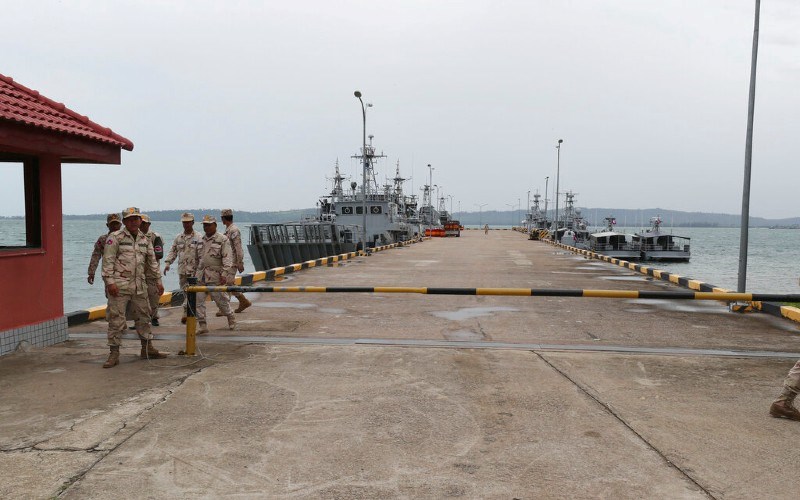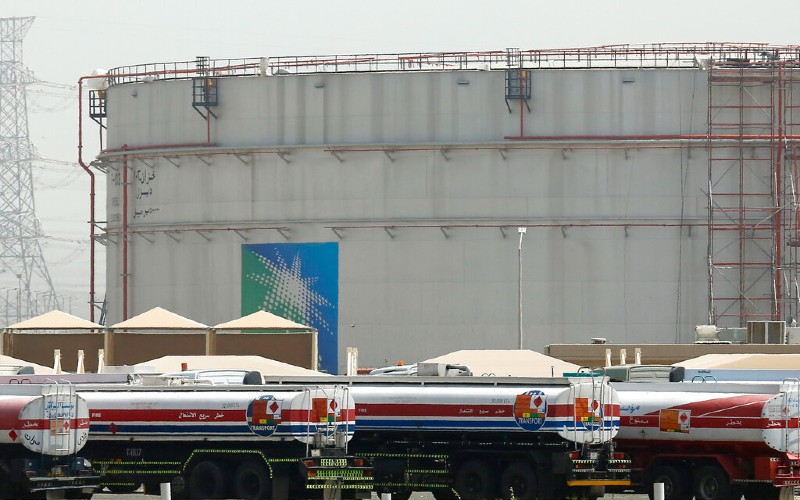Capt. James Fanell, a former director of intelligence and information operations for the U.S. Pacific Fleet, explains to American Family News that a lot of focus has been put on the construction of a so-called secret naval base at Ream, Cambodia. "[But] given the numerous reports and official statements over the past few years, this may be one of the worst-kept secrets in recent memory," he admits.
And there's a reason behind the failed attempt of secrecy, Fanell continues.
"The People's Republic of China's (PRC) assistance in upgrading this naval base," he explains, "is a sensitive issue for the Cambodian government because it does not wish to immediately destroy relations and financial aid and investment with the U.S."
"The building of a People's Liberation Army (PLA) Navy base at Ream is also seen as a destabilization of this portion of Southeast Asia, [due to] the presence of PLA Navy warships and submarines in the Gulf of Thailand," he adds.
The PRC's actions also highlight their military ambitions, says the former DOI. "The building of a PLA Navy (PLAN) base at Ream demonstrates the PRC's commitment to expanding its military presence and power outside of the mainland of China," he explains.

"[The naval base] further gives the PLA a strategic military position around Vietnam with whom they held a border war in 1979 and still contest disputed features in the South China Sea," he points out, adding that "a PLA Navy base at Ream also provides direct pressure on the Kingdom of Thailand."
Fanell also reveals that with a base at Ream, combined with their three major naval bases in the Spratly Islands, the PLAN "could effectively block off all trade that were to enter the South China Sea from the Strait of Malacca in the South."
Global quest for domination
The ambitions at Ream fit into the Chinese Communist Party's (CCP) vision for global expansion of its military presence, according to Fanell.
"Today, the PLA Navy has one official military base outside of the mainland of the PRC in Djibouti," the retired Navy officer explains. "But recent security agreements with the Solomon Islands and other Pacific countries – along with expectations of potential PLAN bases in Sri Lanka and Pakistan – all demonstrate the global ambitions of the CCP."
Fanell says the PRC's activity around the world can be described "as another stone on the great [Chinese] board game of Wei-chi (Go) where various stones are placed on the game board, and where at the right moment, momentum is shifted and what were once allies and partners of the U.S. could shift towards the PRC."
He acknowledges the CCP still has a long way to go to reach that point. "But a PLA Navy base at Ream is a stepping stone in the CCP's strategic goal for the great rejuvenation of the PRC," Fanell adds.
Experts and analysts identify the "great rejuvenation" as Beijing's plan to replace the United States as the sole superpower of the world by 2049.







